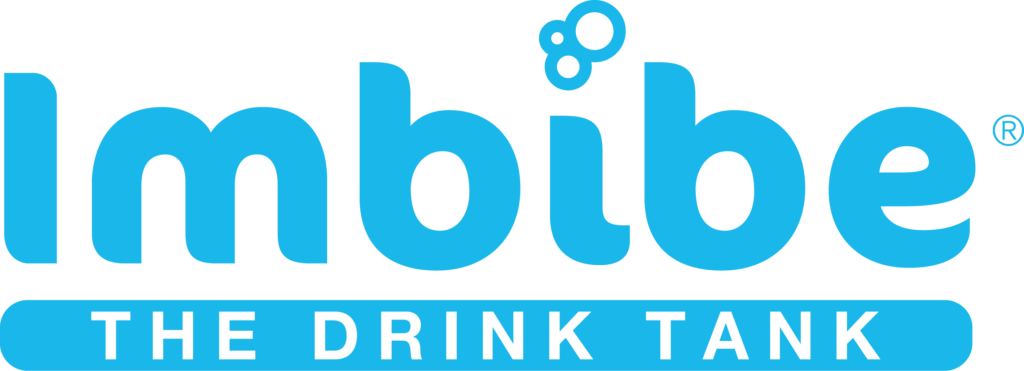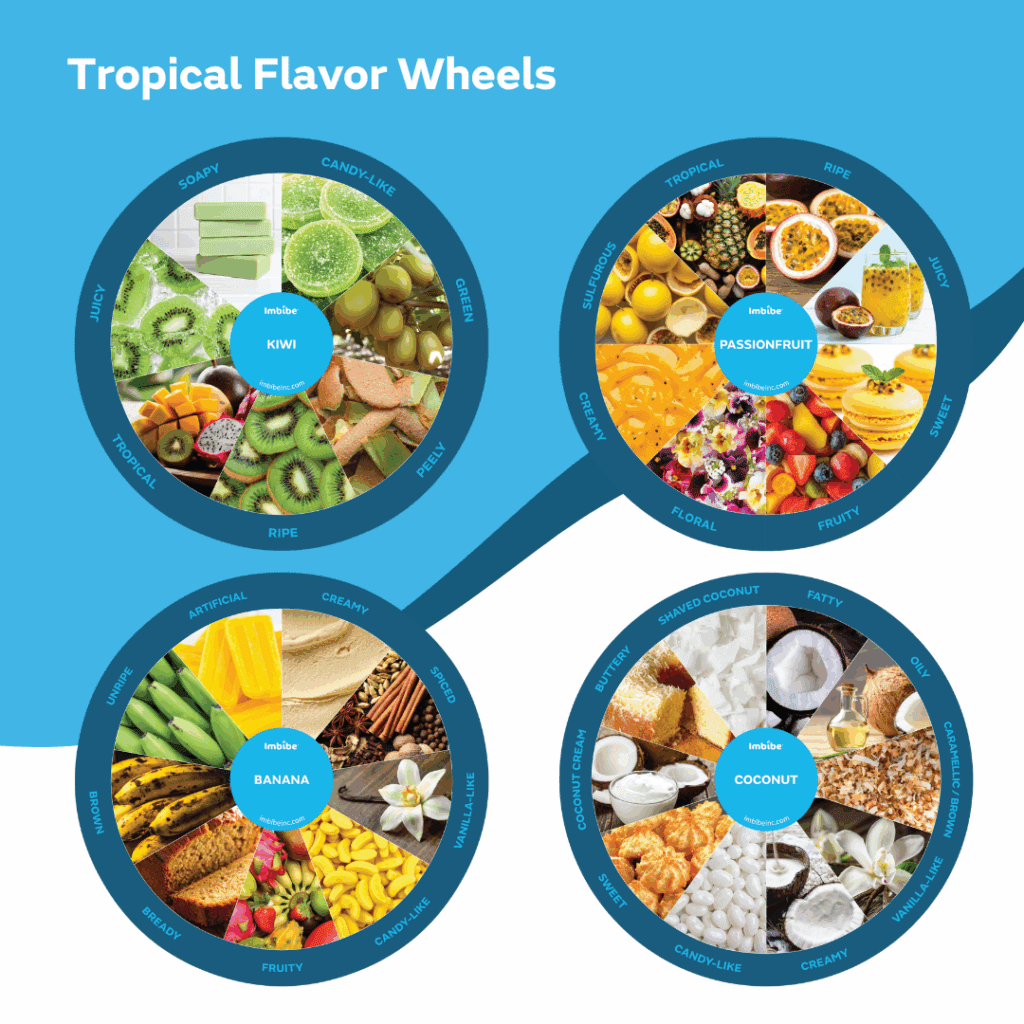Take a stroll through your local grocery store and you will likely find a plethora of options for dairy alternative milks in the dairy and natural products aisles. Almond, soy, coconut, oat, rice, pea, cashew, and hemp are a few of the more well-known options on the market, but even more niche dairy alternative milks like hazelnut, quinoa and sesame are hitting shelves.
Though it’s still dwarfed by dairy milk, the dairy alternative market is thriving. The U.S. dairy alternative market grew 61% from 2012 to 2018 when it reached $2.3 billion, and is expected to surpass $2.7 billion by 2022 with a compound annual growth rate of 4.4% (Market Research Future). Driving growth is the prevalence of lactose intolerance, increased adoption of veganism, and perception that plant-based products are healthier and more sustainable than its animal-based counterparts.
Currently, almond milk has the lion’s share of the dairy alternative market, owning 64% of all sales, followed by soy and coconut milk which together account for a quarter of the market. Recently, though, there’s been significant buzz about oat milk and it could take away market share from category leaders. According to Nielsen, oat milk sales grew by 50% from 2017 to 2018 while almond milk sales grew by only 11%.
Read the full article in Perfumer and Flavorist.



